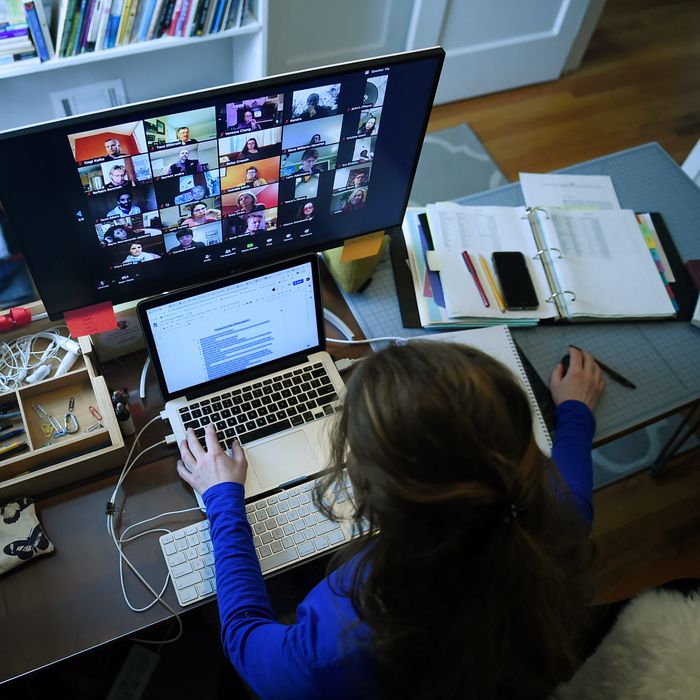How QU professors are adjusting to a hybrid teaching model
September 12, 2020
Quinnipiac’s Mount Carmel campus was brought back to life on September 7 after welcoming students back for the first week of in-person classes after an extended summer break.

Students are not the only ones grappling with the new way of learning, professors are as well.
Earlier in the summer, Quinnipiac announced it would adopt a hybrid teaching model known as Q-Flex. Q-Flex allows for classes to be broken up into cohorts. One cohort at a time attends classes on campus and the others attend classes via Zoom meetings.
Professor of Sociology, Suzanne Hudd, who has taught at the university for 20 years, said a lot has changed in terms of teaching from the end of the Spring semester to now. The biggest difference is teaching two different audiences.
“I’m teaching to two audiences. Two very different experiences on the students’ side, one sitting right here and we get that kind of intimacy. I teach race, class, and gender. These are intimate conversations, they’re emotional conversations sometimes,” said Hudd.
In terms of working out the technology, Hudd expressed nothing short of praise for the university’s Information Technology department (IT).
“The IT people in my opinion won the Olympics this year. They ran the Olympics and won every single one of them cause they taught us so much in so little time,” said Hudd.
As the semester progresses Hudd plans to continue thinking and discussing ways with her students to make her courses better as a part of community building.
“My conversation in class today was quite positive in terms of how we can make things better, to say what is working and what is not, and let’s see if we can tweak things and we came up with some ideas we’re going to try on Tuesday,” said Hudd.
Nicholas Pietruszkiewicz, an adjunct journalism professor since 2012, believes overcoming challenges is a part of journalism in itself, but with the changes caused by COVID-19, there is going to be an adjustment period for everybody.
“We’re going to get through it. Actually, we’re not going to get through it…we’re going to do better than that. I’m kinda looking forward to the challenge of this improving as we go along,” said Pietruszkiewicz.
Pietruszkiewicz said one of the challenges for him is getting students to interact with him via Zoom, but also interact with each other since some students are present and others aren’t.
“I think that’s the biggest part because you still want it to be, at least the way I teach, and the way I think journalism is… is collaborative,” said Pietruszkiewicz.
While hybrid learning has pushed professors to think outside the box in terms of keeping their students engaged, Pietruszkiewicz sees benefits of hybrid learning.
“Especially in journalism, this has taught me more than anything how important it is to build sources and to be able to get people to communicate with you without having that person be right in front of me. I have to be able to get people on the phone, I have to able to get them to answer texts,” said Pietruszkiewicz.
Quinnipiac has a 0% positive test rate along with 0 COVID-19 positive- cases as of Sep.11, 2020 according to the university’s on campus testing data.







